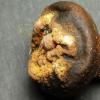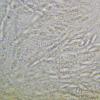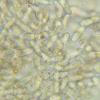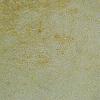
21-12-2025 09:32
Hello.A tiny ascomycete found embedded in wood in

21-12-2025 21:32
Pol DebaenstHello, Garden, Burgweg 19, Veurne, BelgiumOn 10/1

22-12-2025 23:38
Patrice TANCHAUDBonsoir, récolte sur un mur en pierre, apothéci

22-12-2025 00:47
Patrice TANCHAUDBonsoir, récolte à proximité du milieu dunaire

21-12-2025 21:40
Isabelle CharissouBonjour, j'aimerais connaitre les références de

20-12-2025 23:08
Patrice TANCHAUDBonsoir, récolte sur sol sablonneux dans l'arri�
I thought with this special substrate it may be easy. But No...
Any help welcome!
Substrate: The Basidiomycete Scleroderma sp.
Description:
Perithezia 0.2-0.25 mm Ø, bright orange, superficial, densely aggregated but not immersed in a stroma.
Spores 9-11 x 3-4 µm, 2-celled, hyaline, finely and indistinctly verrucose. Perithecial wall consist of round to angular cells of 5-10 µm diameter, containing large orange guttules.
Many thanks for inputs,
Stefan
Hi Stefan,
Have you test KOH ? It could be more one Bionectriaceae than Nectriaceae.
Alain
There was no reaction in KOH. So yes, likely Bionectriaceae...
Stefan

with orange oily droplet in the wall and hymenium, it is the genus Bionectria.
Your specimen looks like Bionectria solani but the ascomata should be seated on a basal, pseudoparenchymatous stroma, that seems the case in your images. Could you check this characteristic?
Christian
That is the case, yes.
Here is a picture of the stromatic tissue beneath the perithecia.
Bionectria solani seems to have a very wide ecology. So I guess it ist possible on Scleroderma. I will have a close look at the species. Do you by any chance have a full description of B. solani.
Thank you very much
Stefan
Hi Stefan,
You have all informations in SIM 46, on line.
Alain
Merci bien, Alain et Christian!
Stefan





